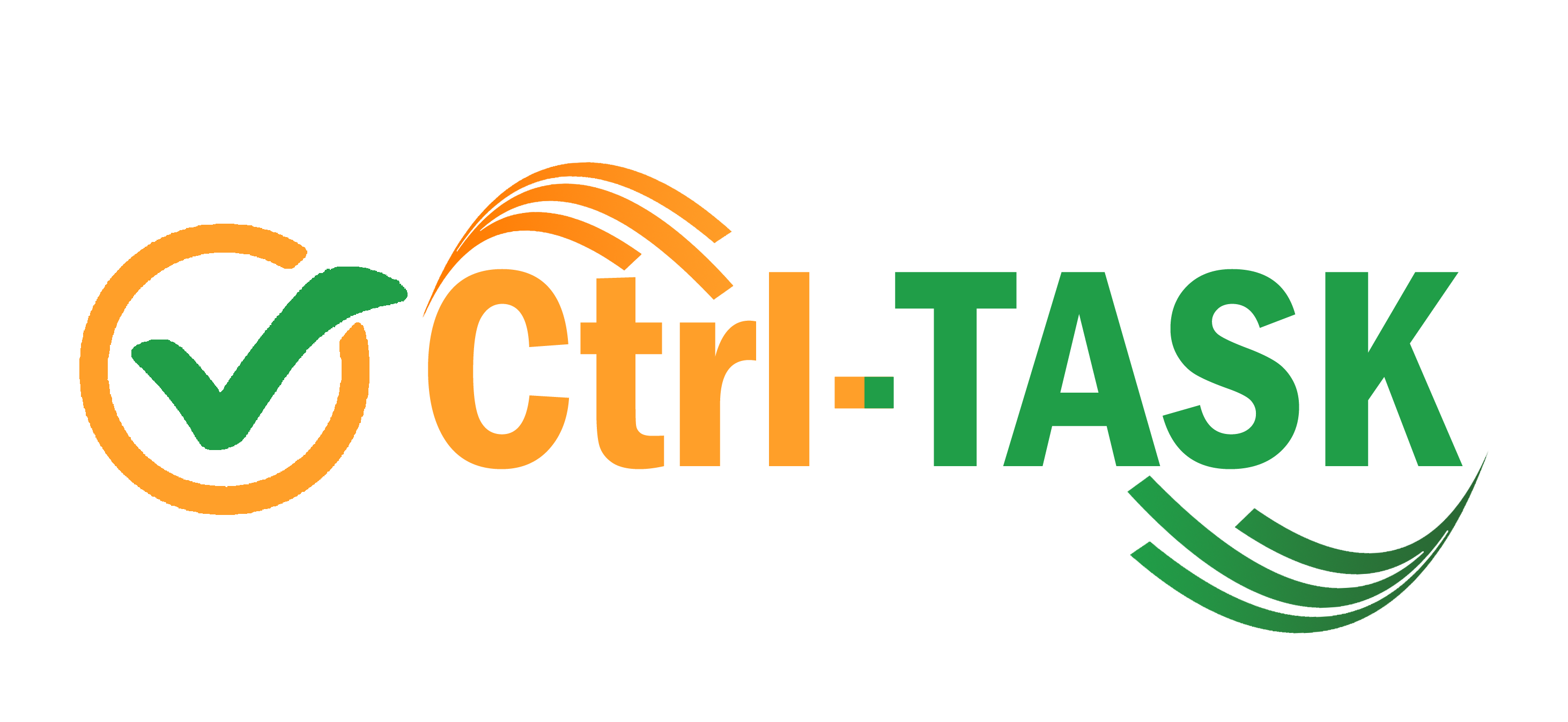Telecom Ni –
Inventory, Work force Management, Operations & Maintenance
1. Telecom Ni – Inventory, Work force Management, Operations & Maintenance
Telecom Ni Module will help to maintain the physical resource details of network. It is also important to continue to keep the network details up to date while the network is new build, rehab, abandoned, in operational. Whenever Nodes, customer connections are enabled or disabled, the network documentation should be updated as soon as possible to avoid degrading the quality of the network data. This is critical to ensure that provisioning requests do not fail. Failed orders result in additional operational costs, loss of income, and a reduction in customer satisfaction.
CT-NPRI’s Telecom Ni - Network Inventory GIS module has significant benefits for service assurance processes as well. Federated view of Telecom GIS data provides a cross-domain view which integrates the physical network inventory with the service inventory. A customer takes certain services, the services are routed over fibres from the customer to the central office, the fibres are part of cables, cables lead over conduits and pipes, conduits and pipes are deployed in ducts. The Network inventory for the operational network is the key for any successful telecom Fiber Network / FTTx service providers. Our solution Telecom Ni provides user-friendly tools to visualize the end-to-end connection, trace the connection, finding faults and analysing the impact of the fault, etc.
Module features and advantages:
- Organizing user interface
- Navigation through GUI components
- Managing data & layer visibility
- Saving & loading user preferences
- Searching for objects; building searching criteria
- Navigation on Map
- Locating & highlighting objects on map
- Locating object in the database
- Accessing and modifying object parameters
- Generating logical diagrams
- Running reports
- Printing of maps and diagram
- Placing network elements on map
- Drawing infrastructure resources (HDD, Micro trench, Open trench, manholes, overhead infrastructure, buildings)
- Cable Drawings
- Associating cables with aerial infrastructure
- Placing cable in ducts
- Physical Schemas
- Introducing Network topology
- Splicing out/ making cross connects within network nodes
- Assigning / uploading external documents to network elements
User View of Network:
- Various stages of network view
- Import and Create Network of Various stages
- Core Connection/Splicing
- ore connection schematic @Nodes, Splice clousers
- Core connection schematic – End to End
- Core connection schematic – Link/Segment
- Core connection Viewer
- Fiber Strand connectivity Details
- Optical Link Budget
- Network Tracing end to end
- Capacity Utilization
- Thematic Visualization
- Temporary Layers
- Reports
- Network element status report
- Network in various built & operations stages
- Entity logs
- Network elements utilization reports
 Office Address :
304/2, Block – 1
White House, Begumpet,
Hyderabad – 500016
Telangana, India.
Office Address :
304/2, Block – 1
White House, Begumpet,
Hyderabad – 500016
Telangana, India.
 +91 9392328595
+91 9392328595
info@ctrl-task.com